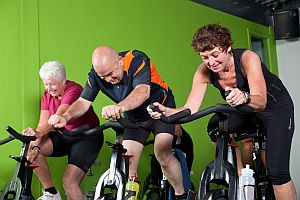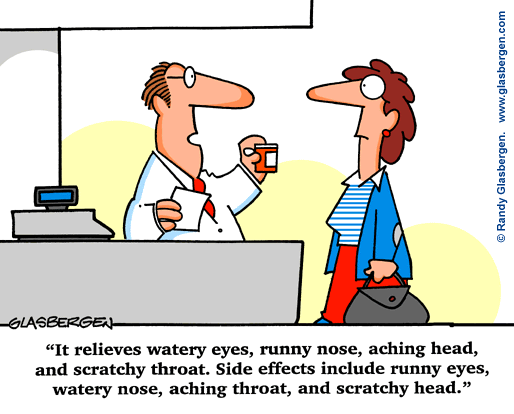How Much Sleep is Too Much?
 We all know how important it is to get a good night’s sleep and the detrimental effect on our health if we get too little of it. However, it is also possible to get too much sleep, and this may be even worse than getting too little. Sleeping too much has been shown to be a possible indication of underlying health problems, such as heart disease, diabetes, low thyroid and obstructive sleep apnea, and is liked to an increased risk of early death.
We all know how important it is to get a good night’s sleep and the detrimental effect on our health if we get too little of it. However, it is also possible to get too much sleep, and this may be even worse than getting too little. Sleeping too much has been shown to be a possible indication of underlying health problems, such as heart disease, diabetes, low thyroid and obstructive sleep apnea, and is liked to an increased risk of early death.
Everyone’s need for sleep differs, and there are good reasons for occasionally having to sleep more, such as during periods of high stress or illness. But on average, experts suggest that the optimum amount of sleep to get on a regular basis is between 7 and 9 hours a day. One study showed that those who slept between 9 and 10 hours per night were 21% more likely to become obese over a period of 6 years than those who slept between 7 and 8 hours a night. Another study of 72,000 women found that those who slept between 9 and 11 hours a night had a 38% greater likelihood of coronary heart disease than those who slept 8 hours.
Depression and low socioeconomic status have also been linked with sleeping too much, so it may be that oversleeping is one of the symptoms of these conditions rather than being a cause of the detrimental health effects associated with oversleeping. People with these conditions are less likely to seek or be able to afford health care, so any underlying health problems may not be discovered and treated.
When underlying health and mental problems have been ruled out, people who still feel a strong need to sleep for 70 hours or more per week have what is called primary hypersomnia. Many with hypersomnia go undiagnosed, as it often develops in the teenage years and can be attributed to typical teenage behavior. A study was performed by researchers at Atlanta’s Emory University on people with this condition. The researchers found that one of the major factors implicated in hypersomnia is the presence of a certain substance in the person’s cerebrospinal fluid that acts much in the same way as a sleeping pill. Emory researcher Andrew Jenkins said, “We know why you’re sleepy—your brain is sedating itself.” It is typical for people with hypersomnia to simultaneously experience low levels of energy, anxiety and memory problems, in addition to extreme sleepiness throughout the day that is generally not relieved by napping.
Obstructive sleep apnea is a condition that causes the sufferer to stop breathing for short periods of time during sleep, keeping them from getting to the stage of restful, restorative sleep that is necessary for proper physical and mental functioning during the day. Some prescription medications and the overuse of alcohol can also lead to oversleeping.
If you find yourself consistently sleeping more than 9 hours a day and are also sleepy throughout the day, it is a good idea to consult with your doctor to rule out any underlying medical conditions that may be contributing to your oversleeping.








